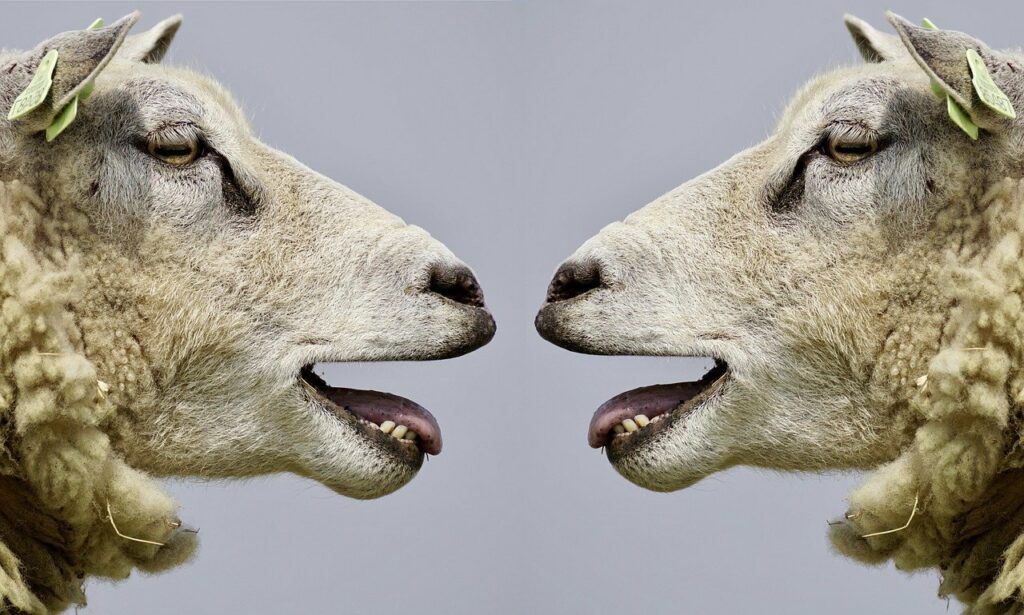
Ketamine is a highly effective anesthetic and analgesic used in both medicine and veterinary medicine. Most recently, the drug has gained attention as a novel treatment for depression and post-traumatic stress disorder, often easing symptoms when no other conventional therapy seemed to work.
Outside medicine and academia, ketamine is also a very popular recreational drug. Ketamine users find the drug appealing due to its dissociative state. Some of its psychic effects include perceptual distortions, sensations of floating, vivid dreams or illusions, distortion of sense of time and space, and alterations in mood state and body awareness.
When ketamine is abused at very high doses, users can enter a state known as the ‘k-hole’, in which both awareness of and self and surrounding, as well as interactions with others, become profoundly impaired. The sensation is sometimes described as a near-death experience, which drives some recreational ketamine users to want to repeat the experience. Now, scientists have an idea of what goes on inside the brain during this intriguing psychic state.
Sheep on ketamine
In a new study, neuroscientists at the University of Cambridge investigated the brain activity of 12 sheep that were administered various doses of ketamine.
The researchers chose sheep because ketamine is routinely used as a large animal anesthetic, and its effects are very well understood. But that’s not all — the brain of a sheep is large and complex, equipped with a gyrencephalic cerebral cortex and basal ganglia that are anatomically similar to those of non-human primates.
Sheep have also been recognized as a suitable species for pre-clinical models of human neurological disorders. In other words, the effects of ketamine on the sheep brain might be very similar to what occurs in the human brain.
The brain during the k-hole: complete cessation of cortical activity
Over a period of several months, the researchers studied the cortical electroencephalography (EEG) response of the sheep at different doses of ketamine, up to 24 mg/kg.
This analysis revealed the EEG signatures that characterize the sedative effects of ketamine, in which low-frequency activity dominated over other brainwaves. Perhaps most interestingly, the researchers also identified two distinct brain activity patterns that underlie the psychic experiences associated with ketamine.
“The first is a distinct and characteristic alternating oscillatory state, whereby the output of the whole cortex switches between co-ordinated bursts of low and high frequency oscillations,” the authors wrote in their study published in the journal Nature.
This alternating EEG rhythm is likely responsible for the dissociative effects of ketamine, which users experience as hallucinations.
“While the subjective experience of sheep cannot be determined, the clinical and psychic profile of ketamine administration is very well described in humans, and the timing makes it likely that this ‘oscillation of oscillations’ underlies the dissociative state caused by ketamine,” the University of Cambridge neuroscientists reported.
The second oscillatory state is a completely novel phenomenon occurring during the highest intravenous dose of ketamine. Strikingly, at such a high dose, cortical activity completely ceased.
“We observed a novel effect of ketamine, namely the complete cessation of cortical EEG activity. This persisted for up to several minutes, after which cortical activity resumed. This phenomenon is likely to explain the ‘k-hole’, a state of oblivion likened to a near-death experience that is keenly sought by ketamine abusers,” wrote the researchers.
There are just a few published studies that reported the EEG activity of humans under the influence of ketamine, and all of them involved lower doses of ketamine.
However, the new study shows that the spectrograms generated for sheep sedated with ketamine resemble those of human subjects. Although sheep cannot speak to share their subjective experience, it may be quite similar to that of humans — including during the k-hole phase.
Having a better grasp of how ketamine affects the brain is important, given the drug’s rising fame as a highly effective therapy for depression, PTSD, and addiction.









